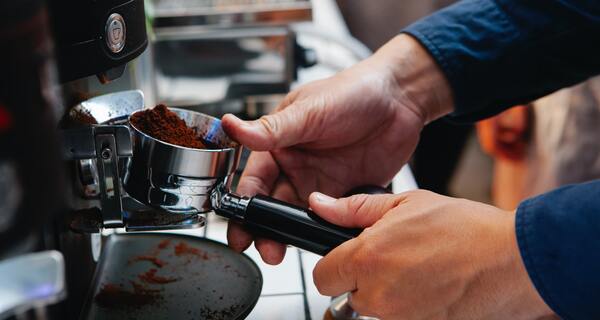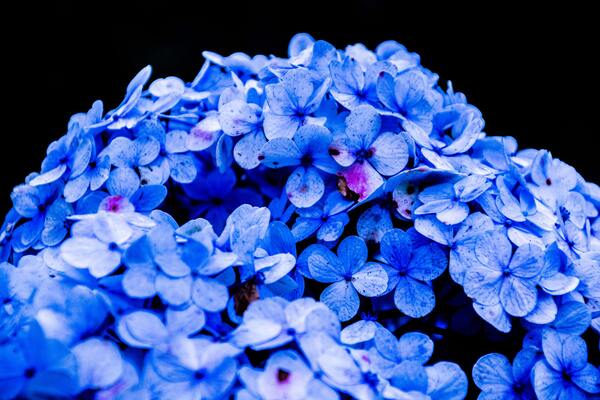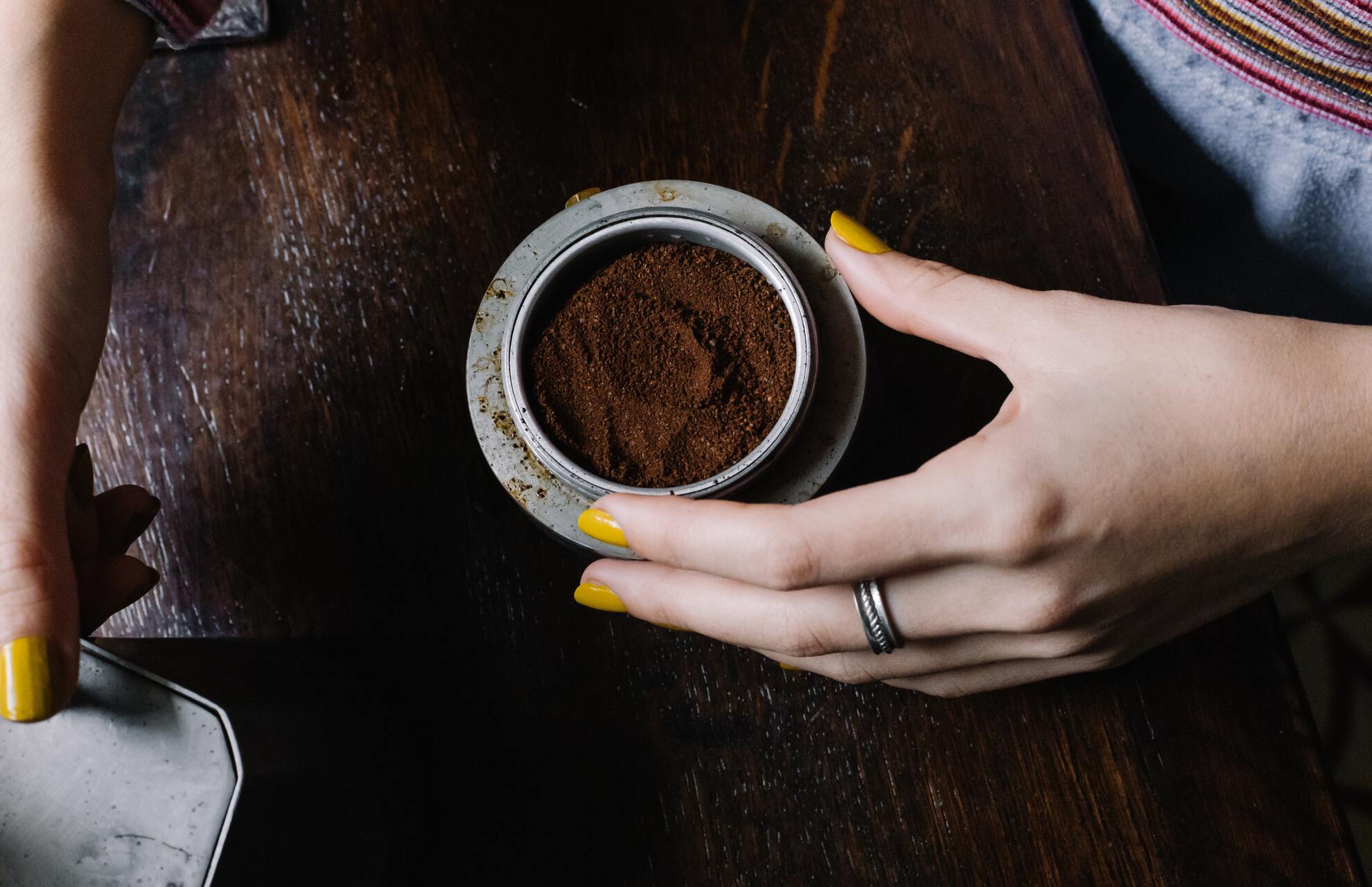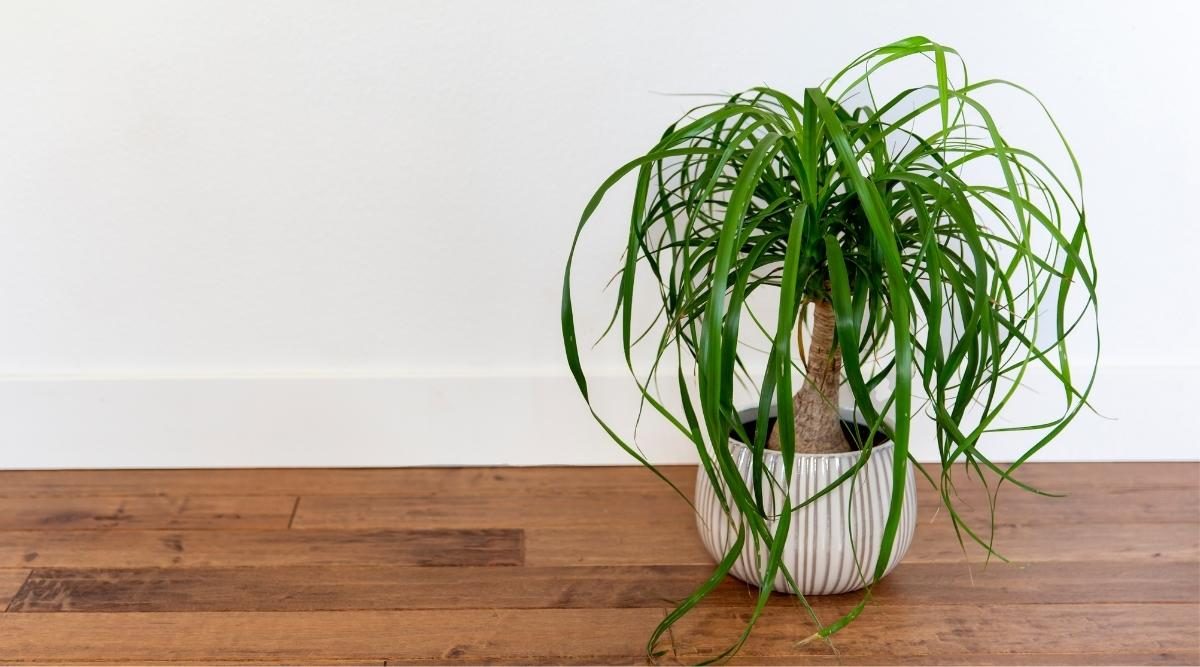Depending on the pH of the soil where your hydrangeas are planted, they will produce different colored blooms. Hydrangeas can bloom with blue to lavender-blue flowers in the right soil. One way to make soil that encourages the growth of hydrangea blooms with more unusual color combinations is to use coffee grounds. The mystery of coffee grounds and hydrangeas will be revealed to you in this article. Please keep reading.
Which Hydrangeas Change Color?
Hydrangea macrophylla, or bigleaf hydrangea, is the plant you are looking for here. This species makes up the vast majority of blue hydrangeas. Hydrangea Serrata, or mountain hydrangea, have been known to have some success when it comes to color control.
There are some subtle differences between these species. You’ll probably be successful changing the color of your hydrangea blooms if they are pink, purple, or blue.
But regardless of what you add to the soil, white hydrangea flowers will always stay white. As these white flowers ripen, you might notice some pink, but this doesn’t depend on the pH of the soil.
What Makes Hydrangeas Blue?
As an entire species, hydrangeas prefer acidic soil, and the pH of your soil affects how sensitive their flowers are. The exact meaning of this is unclear. The more acidic your soil is, and the bluer your blooms will be, the lower the pH of your soil should be.
They will have more pink or red blooms the more alkaline your soil is. Purple flowers, and occasionally a combination of blue and pink flowers, are what you’ll get from neutral soil.
The more acidic your soil is, the lower pH it has. Acidic soil allows for the uptake of any aluminum that may be in the soil. Your hydrangeas’ lovely blue hue is caused by aluminum.
The pH of soil ranges from 0 to 14. Neutral soil has a 7 rating. Any rating below 7 indicates acidic soil, while scores above 7 indicate sweet or alkaline soil. The ideal pH of the soil for blue flowers is right around 5.5.
Benefits Of Coffee Grounds
Coffee grounds can help change the pH of the soil so that it is less alkaline and more acidic, which is what hydrangeas prefer.
The color of the blooms your hydrangea produces may then be affected by this. Simply changing the acidity of the soil will transform pink blooms into blue ones.
The opposite is also true; by reducing the acidity of the soil, blue hydrangea blooms can turn pink.
Coffee grounds are a good way to experiment with soil acidity and find the right balance if you want to change the color of the blooms on your hydrangeas.
You can evaluate the soil’s pH and make the necessary amendments based on the desired result with the aid of a pH meter or soil testing kit.
The color of some hydrangea blooms does not change. For hydrangeas that produce white flowers, this trick is ineffective.

The only anticipated advantage of coffee grounds isn’t just alterations in bloom color. As well as these advantages:
- Improving the quality of the soil by adding organic matter to it
- Ensuring better moisture retention, which hydrangeas thrive in
- Rich in nitrogen, coffee grounds help stem, leaf, and root development
- When composted, coffee grounds can be used to also improve the drainage of the soil
- Coffee grounds can be beneficial to earthworms which will in turn help improve soil quality
Coffee grounds can be used after they are brewed, or you can compost them and use them that way. Simply to maximize its advantages, I favor taking this course of action.
The acidity of your used coffee grounds can also be affected by the way you brew them. Coffee grounds only retain a small amount of acidity after most brewing techniques have removed a significant amount of it.
Even so, they can influence soil acidity, though not as quickly as with commercially available soil acidifiers or soil amendments. Effects won’t be visible until after repeated use over time, as a result.
Acidic soil amendments may be a quicker way to turn pink blooms blue. These also have entirely natural formulations, but they also contain other organic ingredients like fish meal, kelp meal, sulfur, and other natural ingredients.
What Can Coffee Grounds Affect The Soil?
Changing The Soil Acidity
Use a soil test kit, which you can purchase at a garden center or home improvement store, to determine how acidic the soil is. Coffee grounds can be incorporated into the soil to raise its acidity.
It is quicker to simply layer the coffee grounds on top of the soil, but this method could lead to an unsightly mold pile that looks messy and smells bad.
Alternately, throw your coffee grounds in your compost bin and include the compost as part of your twice-yearly fertilization routine for hydrangeas.
Speed Of Change
Coffee grounds don’t always work quickly to turn the flowers blue. Some hydrangeas produce flowers on growth from the previous year, while others produce flowers on growth from the current year.
Depending on the species and cultivar, flower buds usually start to appear on hydrangeas at the age of two or three. Winter and springtime development of the buds results in full blooms in late summer or early fall.
As a result, assuming the hydrangea is old enough to bloom, the earlier you add coffee grounds to the soil, the earlier you will affect the color of the bloom.
How Often Should You Use Ground Coffee?
Whenever you would normally add compost to the soil of your hydrangeas, just substitute coffee grounds instead if you compost your coffee grounds.

Early in the growing season, in the spring, and occasionally even in the middle of the summer, I add compost. Adding compost two to three times a year should be sufficient, in my opinion, to maintain healthy hydrangea plants.
Depending on the size of the bush, you can add a few cups of coffee every week if you’re not going to compost the grounds first. However, I wouldn’t take it too far.
A soil that contains too much nitrogen can hinder plant growth and even attract pests and insects. This is something that extra coffee grounds may do.
In addition to these negative effects, too much coffee can change the pH balance of the soil, retain too much moisture, and leave young hydrangeas with too much residual caffeine.
You can check the pH of the soil on a regular basis if you have a pH meter to determine whether you are doing too much or not. Typically, hydrangeas prefer soil that has a pH of between 6.6 and 6.7.
You should now have a better idea of how much coffee grounds to apply to your hydrangea bushes.
The size of the bush has a significant impact as well. A few cups of coffee grounds sprinkled over the soil once a week won’t likely have a negative effect on a mature hydrangea plant.
Final Words
Coffee grounds are, as you can see, a useful addition to hydrangea soil. Because of the lingering acidity, they can also change the color of hydrangea blooms because they add nitrogen and organic matter, which enhance moisture retention, aeration, and drainage. Coffee grounds help keep the soil moist between watering times. Deep weekly watering is preferable to light daily watering for hydrangea growth.
Read More:









